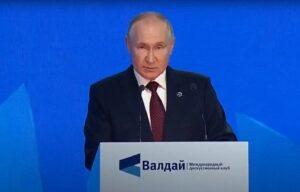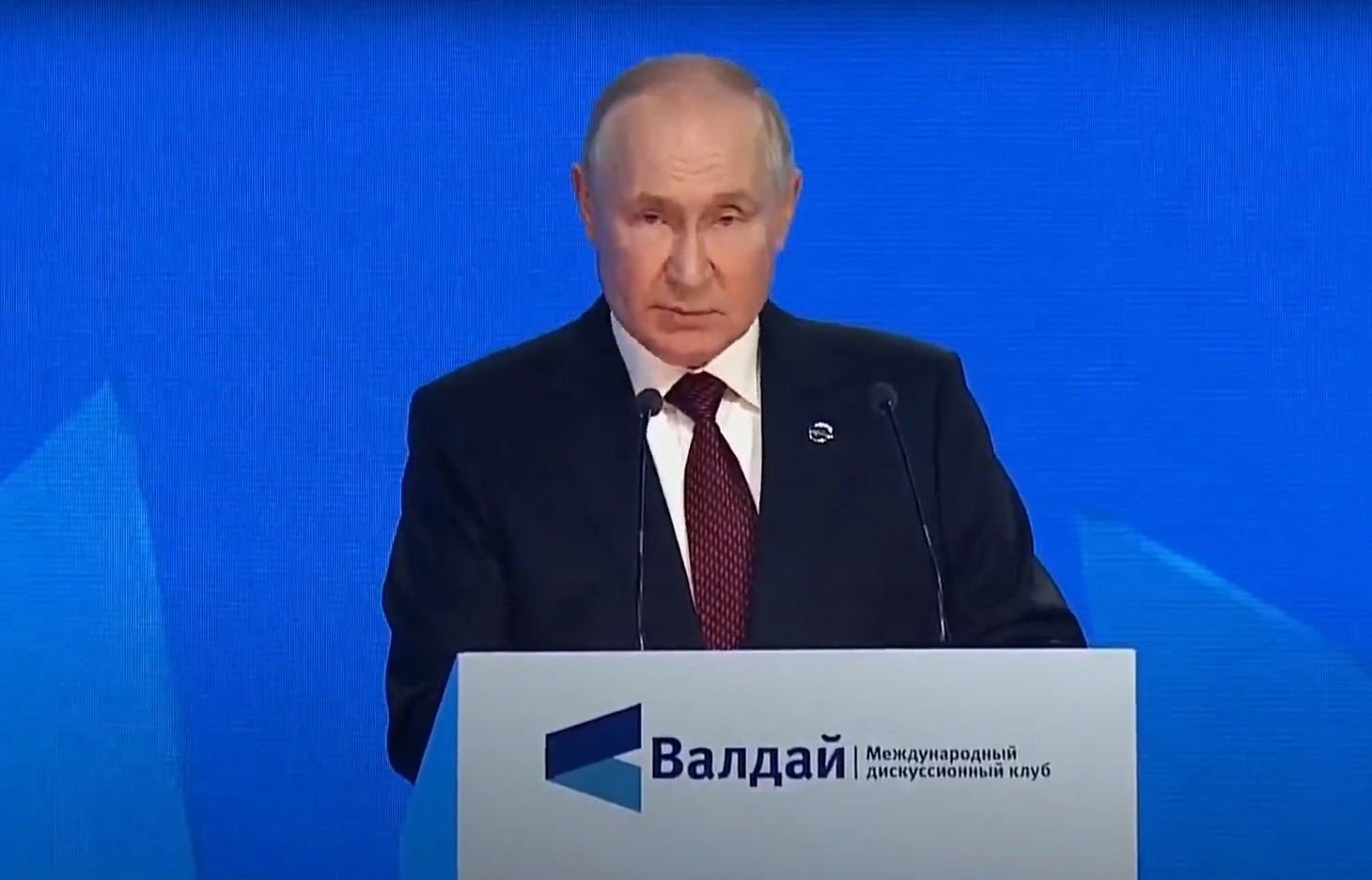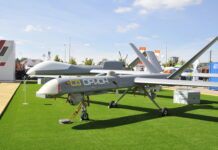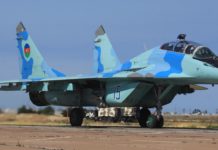Russia has apparently tested an experimental nuclear-powered cruise missile, according to a statement made by President Vladimir Putin on 5 October 2023 during a speech in the Black Sea resort of Sochi.
“We conducted the last successful test of the Burevestnik nuclear-powered global-range cruise missile,” Putin told a gathering of foreign policy experts. His statement was the first announcement of a successful test of the Burevestnik, which translates as ‘Storm Petrel’.
Beyond announcing that Russia has effectively completed the development of the 9M730 Burevestnik cruise missile and the Sarmat heavy intercontinental ballistic missile (ICBM), which Russia declared operational at the beginning of September 2023, Putin did not elaborate.

Little is known for certain about the Burevestnik cruise missile, which NATO has codenamed the SSC-X-9 ‘Skyfall’. If nuclear powered, however, it would effectively have a virtually unlimited range in practical terms and could thus home onto its target from an unexpected direction. However, nuclear propulsion for air vehicles is certainly controversial from an environmental perspective.
Both the Soviet Union and the United States pursued nuclear-powered bomber programmes in the 1960s during the Cold War but ultimately gave them up. The key difference now, however, is that the march of technology has meant that a nuclear powerplant can be made small enough to fit inside a cruise missile. Western analysts have speculated that the Burevestnik cruise missile is a subsonic air vehicle powered by a nuclear-heated turbojet or turbofan.
On 8 August 2019 a radioactive explosion at Russia’s State Central Navy Testing Range at Nyonoksa that killed five engineers and injured at least three more was thought by some analysts to relate to the Burevestnik programme. According to that narrative the Russians were recovering a missile from the Barents that was lost during a test flight when it exploded.
The Burevestnik system was first mentioned by Putin in March 2018 when, as part of his presidential address to the Russian Federal Assembly, he announced five new ‘superoruzhie’ (‘super weapons’). As well as the Burevestnik, these were the Kinzhal air-launched ballistic missile, the Avangard nuclear-armed hypersonic glide vehicle, the Poseidon nuclear-powered, long-range unmanned underwater vehicle and the Sarmat heavy ICBM. Around the same time details emerged of a sixth Russian ‘super weapon’: the Tsirkon hypersonic anti-ship cruise missile.










